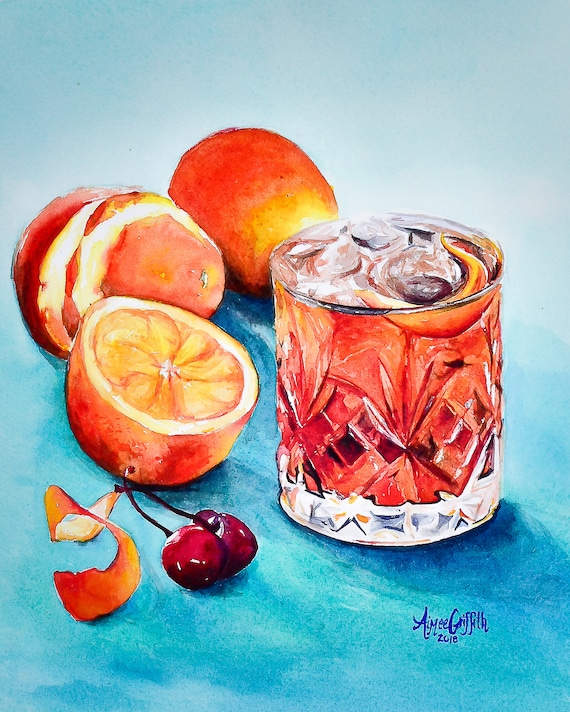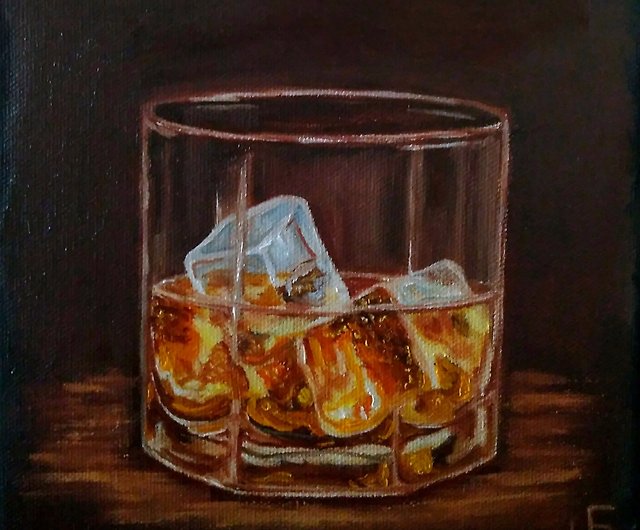The Significance of Whiskey Art in Celebrating Heritage and Craftsmanship in the Beverage Industry
The detailed relationship in between scotch art and the event of heritage and craftsmanship within the drink sector can not be overstated. With thoughtfully developed tags and containers, bourbon brand names envelop their historical origins and the artisanal abilities that specify their manufacturing methods.
The Historic Origins of Whiskey
At the heart of scotch's attraction lies a rich tapestry of historical roots that trace back to old people. The beginnings of whiskey can be linked to the distillation methods of the Sumerians and Babylonians around 2000 BCE, where early types of fermented grain beverages started to arise. It was in the Center Ages that the art of purification developed substantially, especially in Ireland and Scotland, leading to the production of bourbon as we recognize it today.
The term "whiskey" itself stems from the Gaelic word "uisce beatha," indicating "water of life." This expression emphasizes the social relevance of scotch in Celtic cultures, where it was often associated with routines, events, and communal bonding. By the 15th century, purification became an acknowledged craft within monastic areas, leading the way for the facility of legal distilleries.
As profession courses expanded, scotch's appeal grew, going beyond regional borders and catching the passion of connoisseurs worldwide. Limited Edition. This historic trip shows not only the workmanship behind scotch manufacturing however also its integral function in social and social contexts, marking it as a substantial beverage throughout background
Artistic Expression in Branding
Scotch branding stands as an engaging intersection of creativity and commerce, where aesthetic identification plays a vital role fit customer understanding. The aesthetics of scotch tags, product packaging, and advertising products mirror not only the brand's tale but additionally its core values and heritage. Via imaginative expression, distilleries share a narrative that resonates with customers, stimulating feelings and sparking links.
Making use of color, typography, and imagery in branding offers to set apart items in a saturated market. Conventional motifs may evoke a feeling of authenticity and workmanship, while modern designs can symbolize development and forward-thinking. This tactical creative instructions enhances brand name acknowledgment and loyalty, allowing consumers to forge an individual partnership with the bourbon they choose.
Additionally, artistic expression in branding frequently functions as a party of local heritage. Distilleries frequently incorporate regional signs or historical recommendations right into their styles, developing a feeling of location that invites consumers to take part in a broader cultural experience. Eventually, the artistry behind bourbon branding not just boosts aesthetic charm yet additionally enhances the general story of the brand name, promoting a much deeper gratitude for the workmanship and heritage embedded in each container.
Workmanship in Bottle Style
The creativity noticeable in whiskey branding prolongs beyond aesthetic identity to encompass the workmanship involved in container layout. Each bottle offers as a vessel not just for the spirit within, however also for the tale it outlines its beginning, top quality, and practice. The design process requires meticulous interest to detail, as components such as closure, material, and shape contribute significantly to the overall understanding of the whiskey.
Workmanship in container design entails picking high-quality glass that can boost the bourbon's shade and clearness, while also providing a tactile Web Site experience for the customer. The shape of the bottle have to be both visually appealing and functional, commonly mirroring the heritage of the brand name. Numerous distilleries select special shapes or printed logos that evoke a feeling of credibility and background.
Furthermore, the tag design and typography play an essential duty in connecting the brand name's story. Whiskey Art. A well-crafted bottle not just astounds the customer's eye but additionally enhances the brand name's commitment to top quality and practice. In this means, the craftsmanship of bottle style becomes a vital element of the bourbon experience, merging artistry with an extensive respect for heritage
Cultural Importance of Whiskey Art
Commemorating practice and craftsmanship, the cultural relevance of whiskey art transcends mere appearances, intertwining with the social and historic stories of the areas from which it comes from. Each container acts as a canvas, portraying the special tales, folklore, and traditions that have shaped neighborhood whiskey-making methods. The detailed designs commonly show the heritage of the distillers, integrating icons and motifs that resonate with the culture and values of their areas.

Additionally, bourbon art plays a crucial function in public celebrations and parties, working as a substantial link in between individuals and their shared experiences. By appreciating the creativity in bourbon product packaging, consumers cultivate a deeper understanding and regard for the craft, ultimately enriching their enjoyment of the drink itself.
Modern Trends in Whiskey Presentation
In the last few years, the presentation of bourbon has progressed to show contemporary preferences and fads while still honoring traditional workmanship - Realism Art. Distilleries are progressively concentrating on aesthetic aspects that boost the overall alcohol consumption experience, linking the void in between heritage and modernity
Cutting-edge container styles have emerged, usually incorporating lasting materials and creative tags that inform compelling stories. Several brands currently team up with local artists, infusing their products with unique visual expressions that reverberate with consumers. In addition, limited-edition launches check my reference are frequently packaged in collectible containers, adding value and charm for connoisseurs.

Final Thought
In conclusion, bourbon art offers as an essential avenue for revealing the heritage and workmanship intrinsic in the beverage visit our website industry. With elaborate branding, ingenious container styles, and culturally considerable artistic aspects, bourbon brand names successfully honor their practices and connect with consumers.


Workmanship in container style includes choosing top quality glass that can boost the bourbon's color and clearness, while likewise supplying a tactile experience for the consumer. In this method, the craftsmanship of bottle layout comes to be an essential aspect of the scotch experience, combining virtuosity with an extensive respect for heritage.
In final thought, whiskey art offers as a crucial avenue for expressing the heritage and workmanship fundamental in the drink industry.
Comments on “The Attraction of Realism Art: A Deep Dive into Whiskey's Rich Heritage”